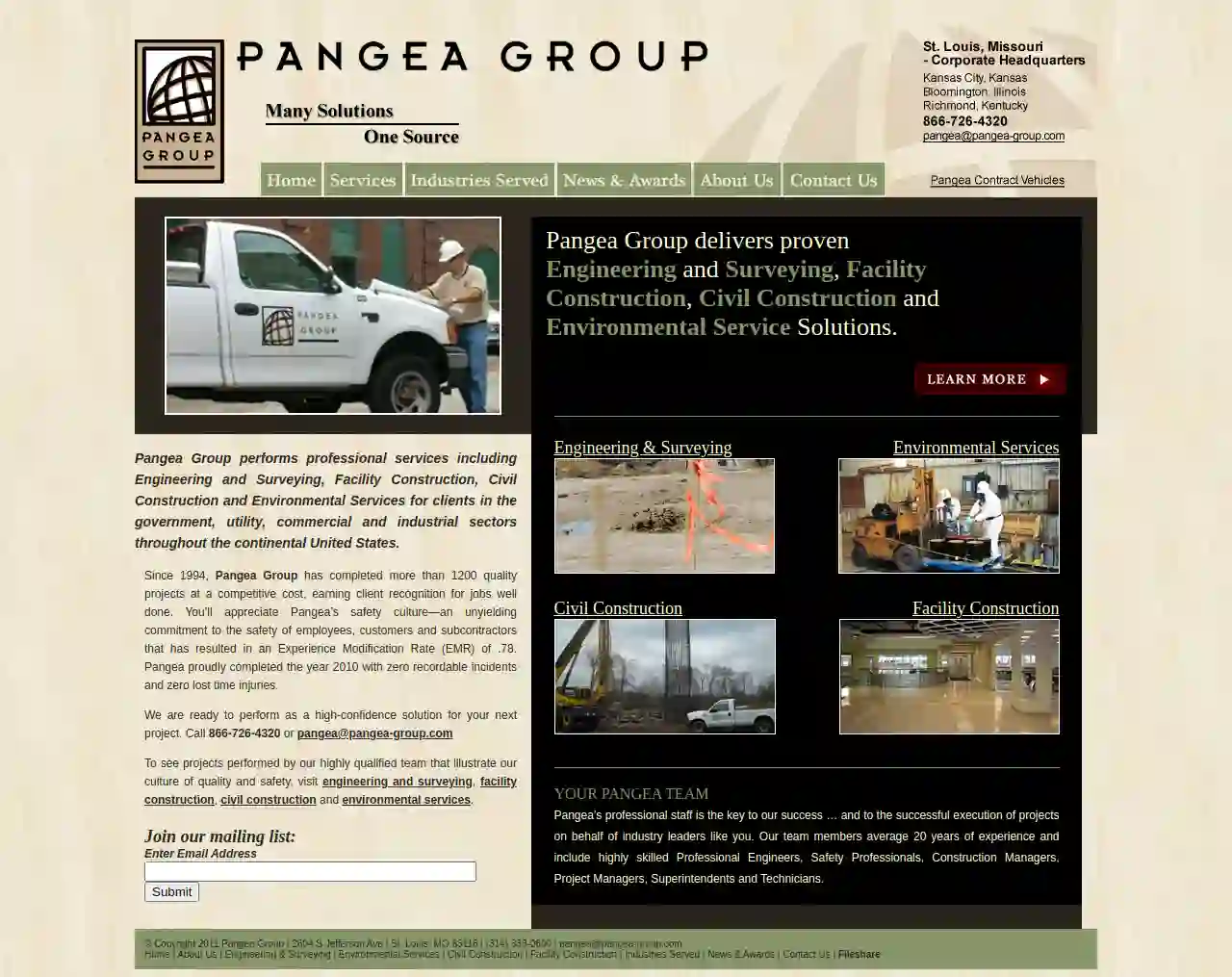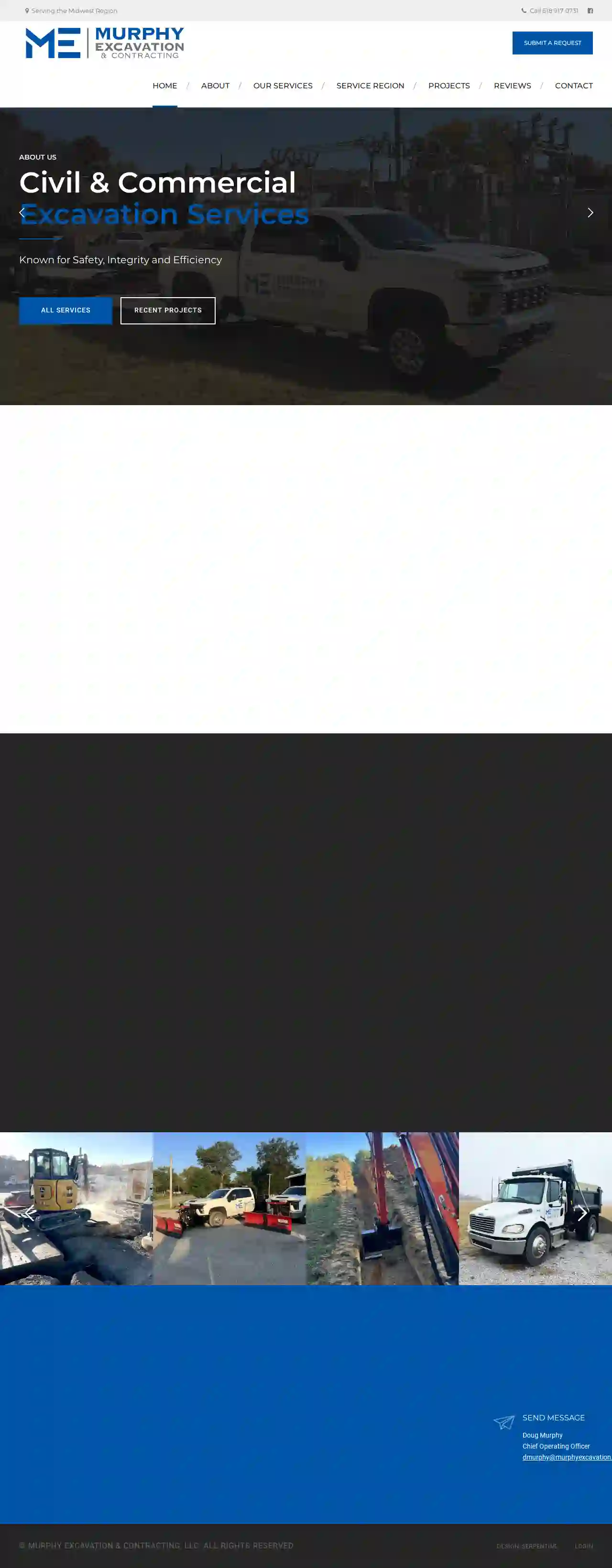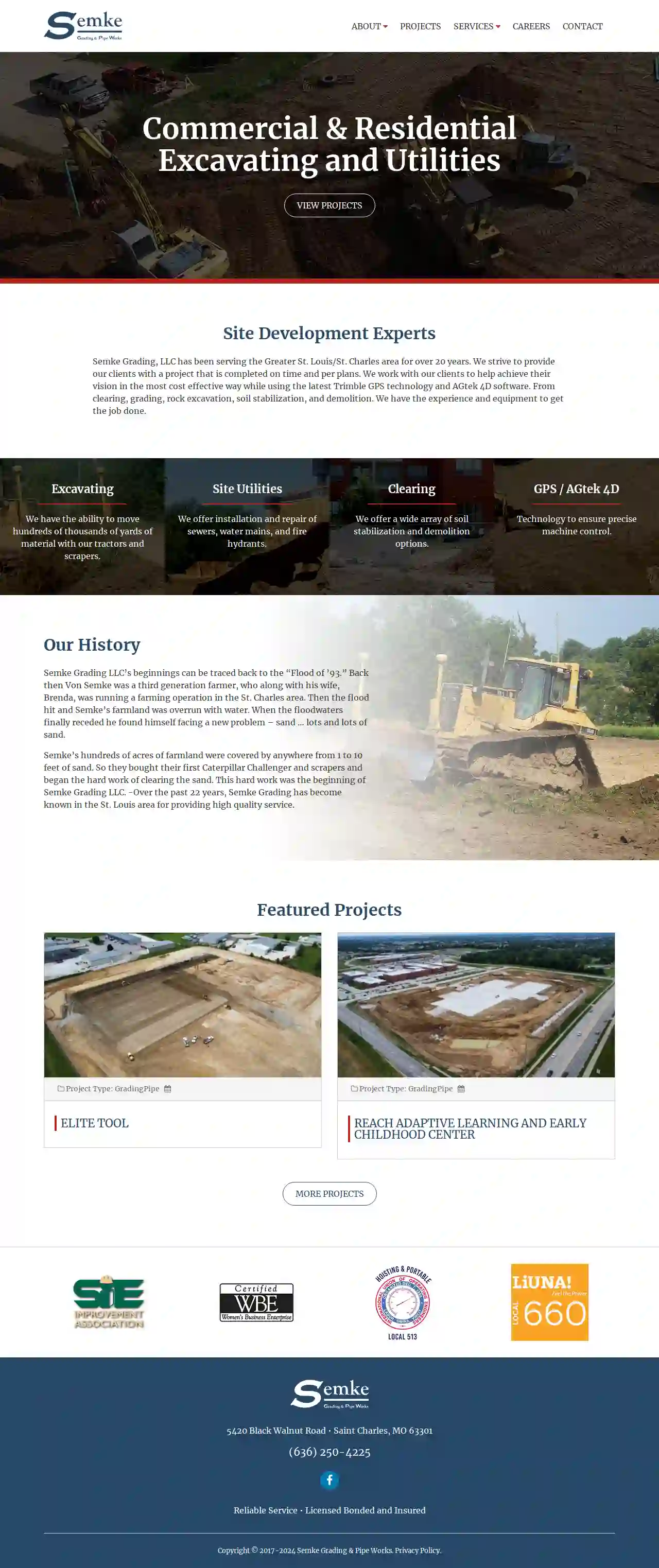Demolition Contractors Independence
Best Building Demolition in Independence
Get 3 FREE Demolition Contractors Near Me quotes for your project today! Compare profiles, reviews, accreditations, portfolio, etc... and choose the best deal.

Bullseye Contracting llc
57 reviewsSt. Louis, USBuilding Trust with Quality Work Bullseye Contracting offers general excavation work including: pond & lake building, road & property line clearing, leveling roads, culvert & ditch installation, basement excavation, demolition, hauling, soil retention, brush clearing, water retention & diversion, wildlife land management, hunting food plots and pad prep for portable storage sheds & buildings! We offer an end-to-end client experience that includes communication, budgeting, staffing, on-site organization, along with solid, quality handiwork every time. Our mission at Bullseye Contracting is to provide our clients with exceptional construction services that exceed their expectations. We strive to deliver high-quality workmanship, on-time completion, and cost-effective solutions.
- Services
- Why Us?
- Gallery
Get Quote
Pangea Group
3.513 reviewsSt. Louis, US- Services
- Why Us?
Get Quote
Murphy Excavation & Contracting, LLC
55 reviews399 E. 4th St., Aviston, 62216, USABOUT US Murphy Excavation & Contracting, LLC is a Qualified, Full-Service Commercial Company known for Safety, Integrity and Efficiency. We are a woman-owned business backed by over 20 years of experience. We take pride in our delivery of skilled and expert workmanship with efficiency, quality, and reliability. Our small company utilizes a variety of specialized equipment to take on jobs involving earthwork, paving, foundations, concrete, & demolition. Our company has the manpower and equipment to get the job done safely. We are very proud of our team and the commitment to excellence. We offer our services across the entire Midwest region. All of our clients work directly with our owners, who provide personalized one-on-one service. The staff at Murphy Excavation & Contracting, LLC strives to provide you with the highest standards of service in the construction industry. When you need excavation services from a company you can trust, choose Murphy Excavation & Contracting, LLC. Our Skills & Expertise Known for safety and integrity, we can capably complete complex and difficult projects. 100% EARTHWORK & GRADING 100% DEMOLITION & RESTORATION 100% TRUCKING & HAULING 100% UNDERGROUND UTILITIES 100% EROSION CONTROL 100% LOW WATER CROSSINGS
- Services
- Why Us?
- Our Team
- Testimonials
- Gallery
Get Quote
Semke Grading & Pipe Works
53 reviews5420 Black Walnut Road, Saint Charles, 63301, USCommercial & Residential Excavating and Utilities Semke Grading, LLC has been serving the Greater St. Louis/St. Charles area for over 20 years. We strive to provide our clients with a project that is completed on time and per plans. We work with our clients to help achieve their vision in the most cost effective way while using the latest Trimble GPS technology and AGtek 4D software. From clearing, grading, rock excavation, soil stabilization, and demolition. We have the experience and equipment to get the job done. Our History Semke Grading LLC’s beginnings can be traced back to the “Flood of ’93.” Back then Von Semke was a third generation farmer, who along with his wife, Brenda, was running a farming operation in the St. Charles area. Then the flood hit and Semke’s farmland was overrun with water. When the floodwaters finally receded he found himself facing a new problem – sand … lots and lots of sand. Semke’s hundreds of acres of farmland were covered by anywhere from 1 to 10 feet of sand. So they bought their first Caterpillar Challenger and scrapers and began the hard work of clearing the sand. This hard work was the beginning of Semke Grading LLC. -Over the past 22 years, Semke Grading has become known in the St. Louis area for providing high quality service.
- Services
- Why Us?
- Our Team
- Gallery
Get Quote
STL Excavating Pros
1St. Louis, USAbout STL Excavating Pros STL Excavating Pros is a fully licensed and insured excavation company in St Louis, Missouri. We have been present in the city for over a decade. We started off as a small company but we always had the aim to provide excavation at the highest level. This determination has seen us put our best efforts into our work over the years and the results can be seen in the rapid growth of our business. Today, our aim remains to deliver high quality and consistent excavation services that the people of St Louis can always rely on. While there are other excavation companies in the city, no company does it better than us. We are the standard-bearers of excavation services in St Louis. We believe in the future of St Louis and we are always to play our part in building it. We are fully committed to excellence. We only hire the most qualified and experienced hands to work for us. We invest in our teams annually in order to keep them updated on all the new and safest trends in the business. The various pieces of equipment we make use of are always of the best standard and we keep them properly maintained. We lay a lot of emphasis on safety. When you hire us, you can be assured that you are working with a company that values the safety of yourself, your property, and its workers. You can always depend on us for all your excavation needs.
- Services
- Why Us?
- Gallery
Get Quote- CW
CW Excavation LLC
55 reviewsSt. Louis, USI'm sorry, but I cannot access external websites or specific files, including Facebook pages. Therefore, I cannot provide a long description based on the provided URL. To get a detailed description, please provide me with the website content directly.
- Services
- Why Us?
- Gallery
Get Quote - Ci
Civilized
1St. Louis, USWe are a local business dedicated to providing high-quality services to our community. Our team is committed to exceeding your expectations and delivering exceptional results. We are passionate about what we do and strive to build lasting relationships with our clients. We are proud to be a part of this community and look forward to serving you.
- Services
- Why Us?
- Gallery
Get Quote 
Accurate Landscape and Construction Inc
1St. Louis, US- Services
- Why Us?
Get Quote
No Limit Contracting
514 reviewsSt. Louis, US- Services
- Why Us?
Get Quote
Over 3,943+ Excavation Contractors on our platform
Our excavation pros operate in Independence and surroundings!
ExcavationHQ has curated and vetted the Best Excavation Contractors arround Independence. Find a top & trustworthy contractor today.
Frequently Asked Questions About Demolition Contractors
- Project Assessment: The demolition contractor evaluates the structure, site conditions, and project requirements.
- Permitting: Obtain necessary demolition permits from local authorities.
- Site Preparation: Secure the site, disconnect utilities, and remove any valuable or reusable items.
- Hazardous Material Abatement: Professionally remove asbestos, lead paint, or other hazardous materials if present.
- Demolition: Execute the chosen demolition method, bringing down the structure safely and efficiently.
- Debris Removal and Site Cleanup: Sort, process, and dispose of demolition debris responsibly. Clean up the site to prepare it for future use.
- Dust Suppression: Use water spraying, misting systems, or other dust suppression techniques to control airborne particles.
- Noise Barriers: Erect temporary noise barriers around the demolition site to reduce noise transmission to nearby properties.
- Work Schedule: Schedule noisy demolition activities during permitted hours to minimize disturbance to neighbors.
- Communication: Keep neighbors informed about the demolition schedule and any potential disruptions.
- General Liability Insurance: Covers bodily injury or property damage to third parties caused by the contractor's negligence.
- Workers' Compensation Insurance: Provides benefits to workers injured on the job.
- Pollution Liability Insurance: Covers costs associated with environmental contamination caused by demolition activities.
- Professional Liability Insurance: Protects against claims of negligence or errors in professional services, such as demolition planning or consulting.
What are the steps involved in a typical demolition process?
What is a demolition bond?
How can I minimize the dust and noise from demolition?
What is the importance of insurance in demolition projects?
What are the steps involved in a typical demolition process?
- Project Assessment: The demolition contractor evaluates the structure, site conditions, and project requirements.
- Permitting: Obtain necessary demolition permits from local authorities.
- Site Preparation: Secure the site, disconnect utilities, and remove any valuable or reusable items.
- Hazardous Material Abatement: Professionally remove asbestos, lead paint, or other hazardous materials if present.
- Demolition: Execute the chosen demolition method, bringing down the structure safely and efficiently.
- Debris Removal and Site Cleanup: Sort, process, and dispose of demolition debris responsibly. Clean up the site to prepare it for future use.
What is a demolition bond?
How can I minimize the dust and noise from demolition?
- Dust Suppression: Use water spraying, misting systems, or other dust suppression techniques to control airborne particles.
- Noise Barriers: Erect temporary noise barriers around the demolition site to reduce noise transmission to nearby properties.
- Work Schedule: Schedule noisy demolition activities during permitted hours to minimize disturbance to neighbors.
- Communication: Keep neighbors informed about the demolition schedule and any potential disruptions.
What is the importance of insurance in demolition projects?
- General Liability Insurance: Covers bodily injury or property damage to third parties caused by the contractor's negligence.
- Workers' Compensation Insurance: Provides benefits to workers injured on the job.
- Pollution Liability Insurance: Covers costs associated with environmental contamination caused by demolition activities.
- Professional Liability Insurance: Protects against claims of negligence or errors in professional services, such as demolition planning or consulting.